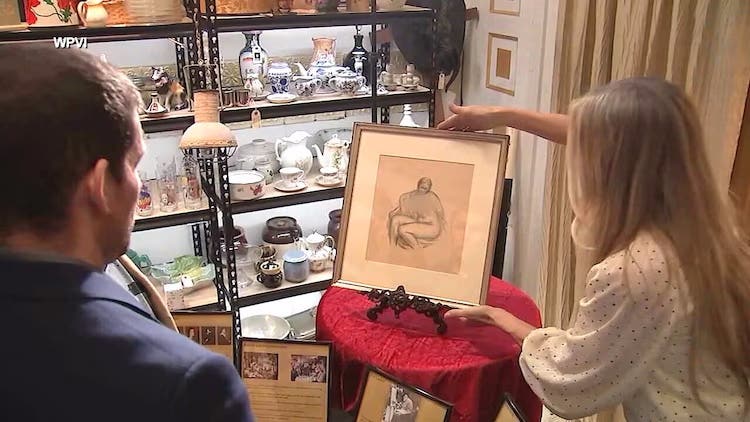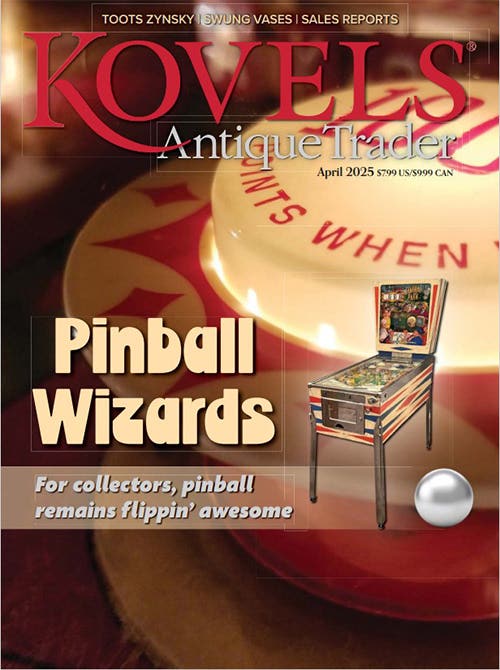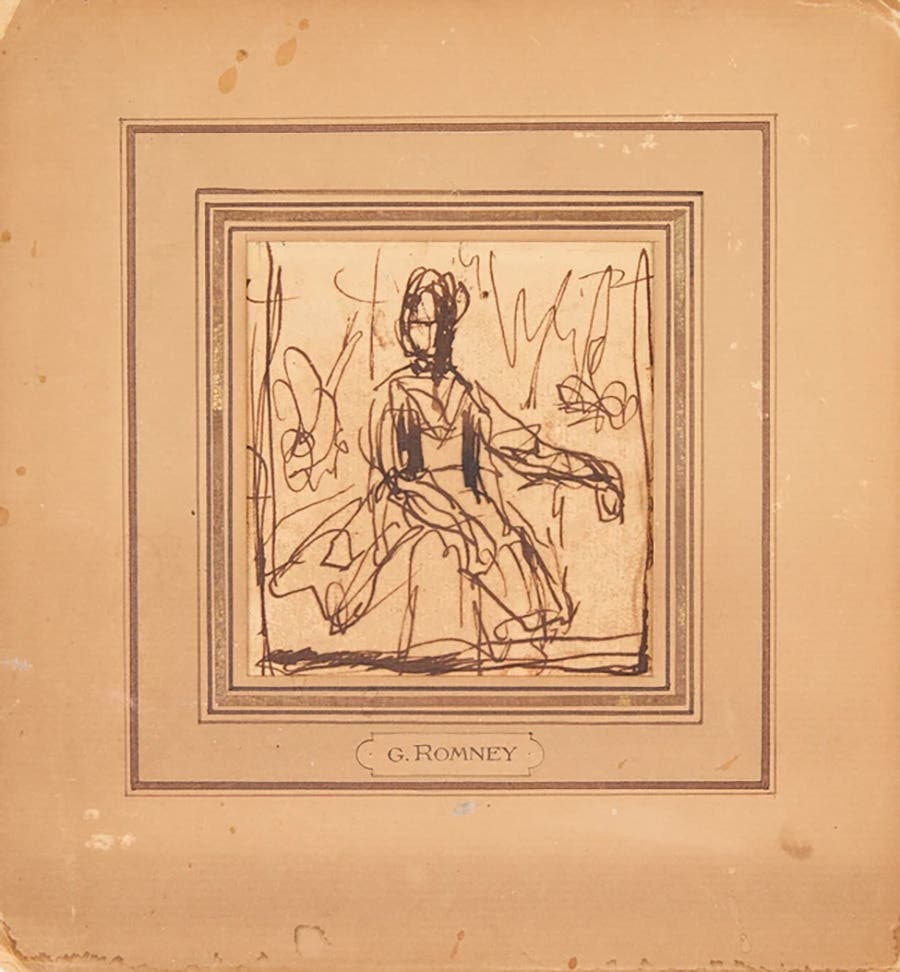Chinese seals lead Fall Asia Week auction Sept. 9
Gianguan Auctions reports increased interest in Chinese signature seals and the firm is looking to satisfy some of that interest with its offering Sept. 9.
NEW YORK — Collecting Chinese seals, an ancient form of the personal signature, is a trend on the rise at Gianguan Auctions in New York City.
Stone-carved signature seals originally used to identify the name, status, and position of emperors and scholars is receiving increased interest among collectors, historians, and business professionals. Gianguan’s Fall Asia Week auction aims to appeal to that interest with an extensive offering of Chinese signature seals. The auction is Sept. 9.
The carvings have inspired active bidding lately at Gianguan Auctions, making the seals the gallery’s best selling items.
Diverse Selection of Seals
Within the Fall Asia Week auction, bidders have several opportunities to acquire these popular seals. One of the seals expected to draw extensive interest is a large octagonal shoushan carving with reticulated dragon knop with a script featuring 侯官之皇, King of (侯官 – a town in the southern province of Fuzhou). Being far away from Beijing, a small town minister could have declared himself King without risking his head. The 6-inch tall seal weighs in at 3 pounds.
It likely belonged to a general or minister with an attendant at the scholar’s desk who helped him put it on paper. The seal carries an estimate of $1,500 to $3,000 into the auction.
A seal by Ming philosopher Wang Shou is on offer. The material of this seal is tianhuang, the finest of stones. A Bixie, the mythical dragon that wears a turtle shell, tops the column. The script reads “The Sunrise Shines Through the Million Households.” Auction house estimates for the seal is between $2,000 and $3,000.
Showcasing Buddhist Art
The seal collection highlights a diverse auction that includes Buddhist art from Tibet. One standout
example is a gilt-bronze thangka of Avalokiteshvara, the human manifestation of the eternal Buddha Amitabh. The mantra ‘Om A Hum’ appears as the engraving. The statue has an estimate of $40,000 to $60,000.
Additional offerings include a collection of early headrests, featuring a Warring States jade rarity with a ruyi shaped headrest above evil-thwarting hogs at rest. Chinese ceramics and Zisha teapots are among the non-seal lots.
For more information, visit www.gianguanauctions.com, email info@gianguanauctions.com, or call 212-867-7288.
Short History of Chinese Signature Seals
As is typical of most Chinese items, signature seals are as decorative as they are functional.
Typically a carving of colorful stone columns of about 1 1/2 to 3 inches tall, they often showcase mythical beasts or Buddhist figures.
The identifying characters are incised in intaglio or carved in high relief on the bottom. The seals in Gianguan’s sale are of jade, shoushan, furlong, tianhuang, songhua and coral.
The signature, generally in a border that conforms to the shape of the stone, needs to be inked before it can be impressed on a document or work of art. Some collectors find that a red-ink pad from any office supply store works well for this. Others prefer to engage in the ritual of blending ink with liquid.
Notably, many of the seals are associated with or attributed to a person: someone of importance. The Gianguan catalog offers the legend in Chinese. (For those who do not read Chinese, gallery specialists are happy to translate.) The inscriptions may contain personal information, sometimes a poem, occasionally a philosophical statement. Emperors and scholars often used more than one seal, depending on the name or courtesy name they were using.
The first record of a seal in China is from 544 BC. The most important of these seals is the Heirloom Seal of the Realm (傳國璽). It dates to the first Emperor of China, Qin Shi Huang (秦始皇). It carries a legacy of legitimizing device embodying or symbolizing the Mandate of Heaven.
(According to China online museum, http://www.chinaonlinemuseum.com/carving-seals.php.)








